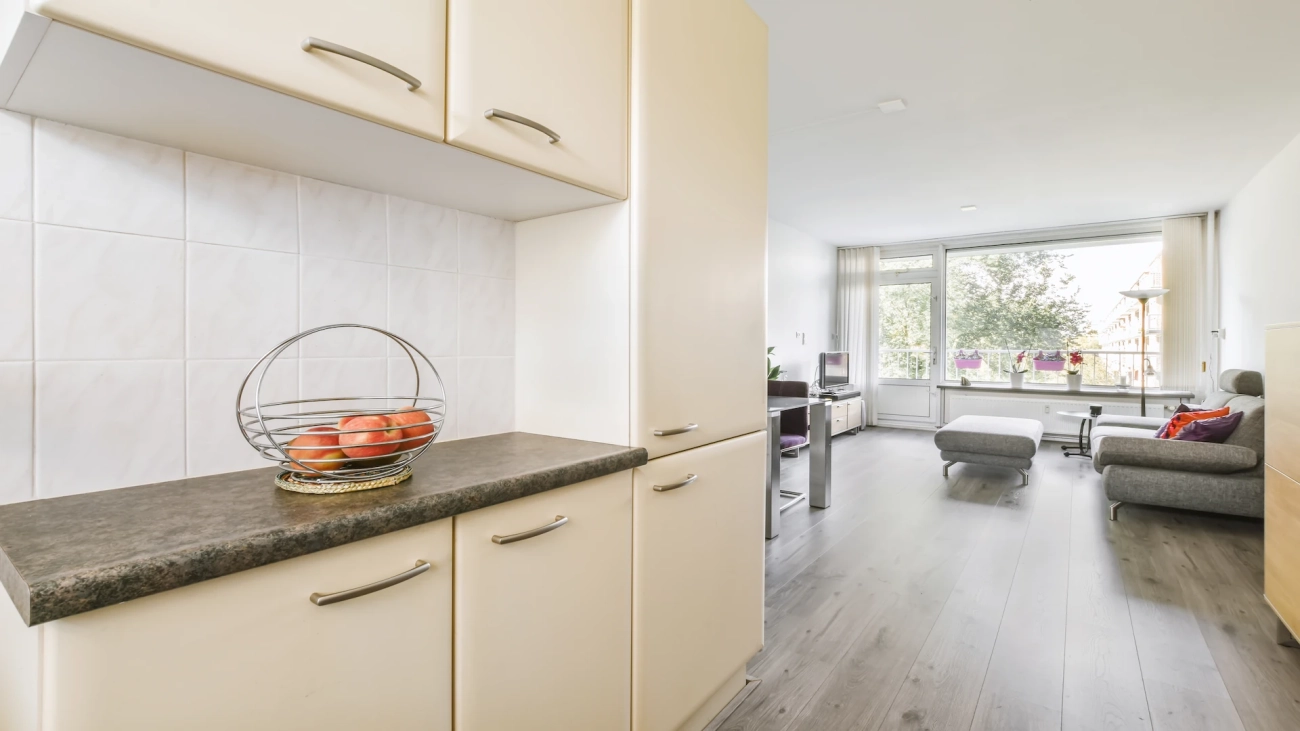Spain’s housing market is constantly moving, and a large share of available listings are second-hand rentals. For both tenants and landlords, this type of home offers very attractive opportunities, though there are also challenges worth understanding before making a decision.
What does it mean to rent a second-hand apartment?
A second-hand rental apartment is a home that has already had one or more previous owners or tenants. These properties have been lived in and can vary widely depending on their age, upkeep, and location.
Unlike new-builds, second-hand units may feature older finishes, materials, or systems. However, they often offer special character, more competitive prices, and prime locations in established parts of the city.
Advantages and disadvantages compared with a new-build
When choosing where to live, it’s important to compare your options and decide what best fits your needs. Renting a second-hand apartment has advantages, but there are also drawbacks to consider.
Let’s start with the clear advantages:
- More affordable price. They’re usually cheaper than new-builds, especially in central areas.
- Established location. Being in mature neighborhoods, they typically have nearby services (transport, schools, shops).
- Greater availability. Most rental supply in Spain consists of second-hand apartments.
- Larger spaces. Older buildings often offer bigger rooms and living areas than many new developments.
- Room to negotiate. Having been on the market longer, owners may be more open to adjusting terms.
But don’t overlook the downsides:
- Older systems. Plumbing, electrical, or heating may need inspections or upgrades.
- Lower energy efficiency. Compared with new homes, insulation is often poorer.
- Possible cosmetic wear. Floors, paint, bathrooms, or kitchens may be dated.
In any case, both owners and tenants should pay special attention to inspections and contracts to rent safely and avoid medium- or long-term issues.
How to assess the property’s condition and avoid surprises
If you’re a tenant considering a second-hand rental, don’t be swayed only by the price or listing photos. A thorough check before signing is essential.
- Check basic systems. Test outlets, switches, and lighting. Do the same with taps, toilets, and heating.
- Ask about past renovations. Recent upgrades to windows, the kitchen, or bathrooms improve comfort and efficiency.
- Verify energy efficiency. Request the Energy Performance Certificate to estimate utility costs.
- Watch for damp and cracks. Small signs on ceilings or walls can point to bigger problems.
- Condition of furniture and appliances. If furnished, ensure everything works and appears in the inventory.
- Community fees and utilities. Clarify who pays what, and check whether the building’s community is up to date on maintenance.
Tips for landlords renting out second-hand apartments
If you’re a landlord preparing to rent your property, good preparation can be the difference between a fast, secure let and months on the market.
- Make small upgrades. Painting, replacing taps, or updating old appliances greatly improves perceived value.
- Mind the presentation. Clean, tidy, well-lit homes inspire tenant confidence.
- Update the energy certificate. A good rating can help you rent faster.
- Create a detailed inventory. If furnished, describe each item’s condition and take photos to avoid disputes.
- Set a realistic price. Compare with other second-hand rentals in your area to stay competitive.
- Screen tenants carefully. Request proof of solvency and, if possible, references from previous rentals.
- Clear, up-to-date contract. Ensure it complies with current regulations and specifies term, deposit, repairs, and permitted use.
Common mistakes when searching for a second-hand rental
Both tenants and landlords often make avoidable mistakes. Here are some of the most frequent:
- Not visiting in person. Photos can be misleading. Always tour the property and check details.
- Skimming the contract. Overlooking clauses on repairs, timelines, or penalties can cause problems later.
- Ignoring utility status. Many tenants forget to review past electricity, water, or gas bills.
- Overlooking minor defects. A dripping tap or window that won’t close can become a major annoyance.
- Focusing only on price. A “bargain” may prove costly if the home needs extensive work.
Second-hand rentals are one of today’s most common market options. For tenants, they offer access to well-located homes at more competitive prices. For landlords, they’re a way to earn returns on an existing asset. The key is doing things right: assess the property’s condition, agree on clear terms, and keep communication transparent on both sides. That’s how to ensure a safe, positive renting experience.
Book Now on BizTrip

